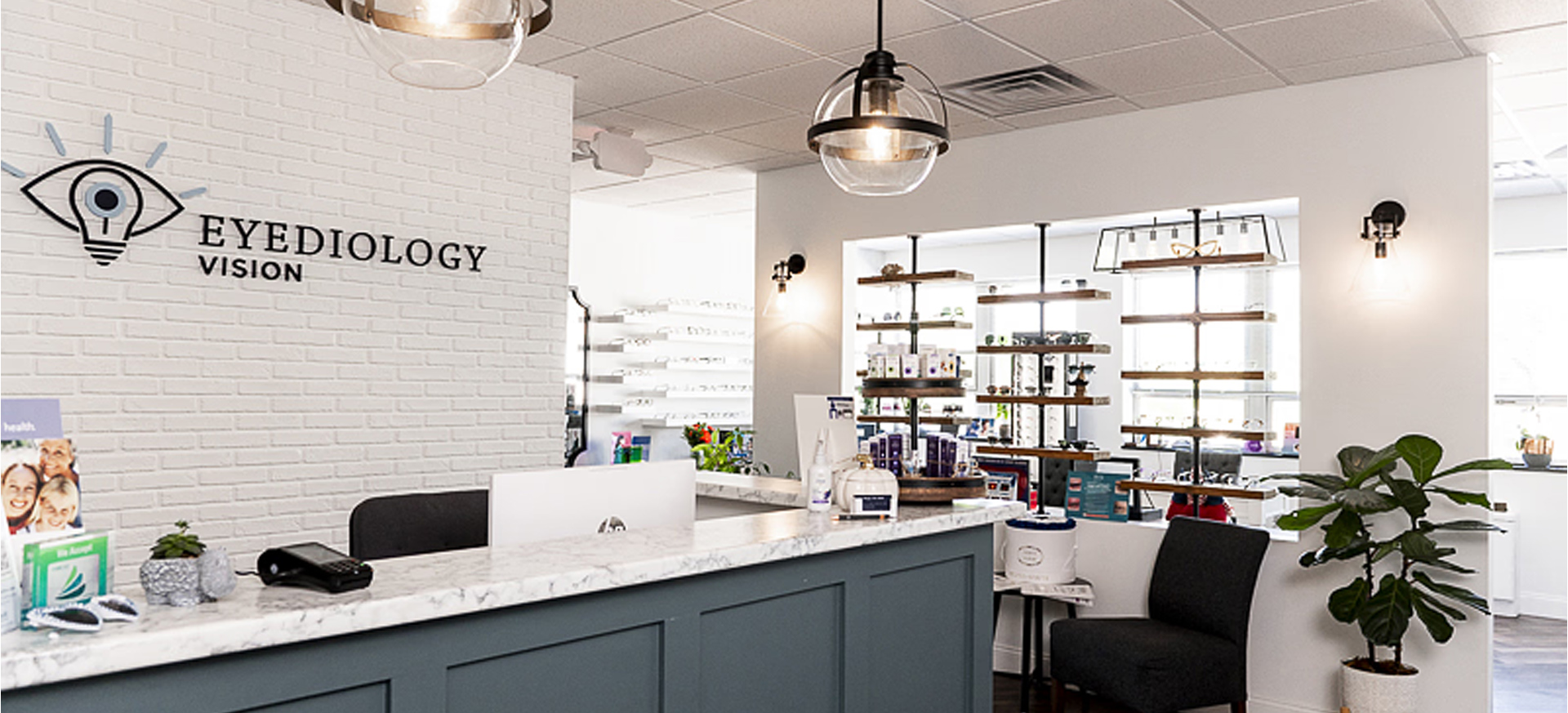Request An AppointmentRequest An AppointmentRequest An AppointmentRequest An AppointmentRequest An Appointment

In today's digital age, residents of Providence, Rhode Island, like many across the nation, find themselves immersed in screens—from smartphones and tablets to laptops and desktops. This increased screen time has led to a rise in digital eye strain, also known as computer vision syndrome. This condition encompasses a range of eye and vision-related issues resulting from prolonged use of digital devices. Understanding the connection between screen use and eye discomfort is essential for maintaining long-term visual health.
What Causes Digital Eye Strain?
Several factors contribute to the development of digital eye strain, making it a common issue for individuals who spend extended time on screens.
One major factor is reduced blinking. When focusing on a digital device, people tend to blink significantly less often than normal. This decrease in blinking can cause the eyes to become dry and irritated, leading to discomfort over time.
Improper viewing distances also play a role. Holding a screen too close or too far from the eyes forces the visual system to work harder to maintain focus. This constant strain can lead to fatigue and blurred vision.
Poor lighting conditions are another contributing factor. Excessive glare from a screen or dim ambient lighting makes it more difficult for the eyes to see clearly, resulting in additional strain as the eyes try to adjust.
Lastly, blue light exposure from screens may disrupt the natural sleep cycle and contribute to eye fatigue. Blue light has a short wavelength and high energy, which can cause more visual discomfort than other types of light when viewed for prolonged periods. Understanding these causes is the first step in making the necessary changes to protect your eye health during screen time.
Common Symptoms to Watch For
If you’ve ever spent hours on a screen and noticed discomfort, you’re not alone. Common symptoms of digital eye strain include:
Blurred or double vision
Dry, irritated, or watery eyes
Headaches
Neck, shoulder, or back pain
Difficulty focusing
These symptoms often worsen with continued screen use and can interfere with productivity and comfort throughout the day.
Tips to Reduce Digital Eye Strain
Fortunately, there are several ways to reduce or prevent digital eye strain:
Follow the 20-20-20 Rule: Every 20 minutes, take a 20-second break and look at something 20 feet away.
Adjust your screen: Keep your device at arm’s length and just below eye level.
Use proper lighting: Minimize glare and make sure your room lighting is balanced.
Blink often: Remind yourself to blink more regularly, especially during intense screen use.
Consider blue light filters: Use screen protectors or glasses with blue light blocking lenses.
When to See Your Eye Doctor
Occasional eye strain may not be a major concern, but persistent or worsening symptoms should not be ignored. If your discomfort continues despite home remedies—or if you're experiencing changes in vision—it’s time to schedule an eye exam. Our optometrist can rule out underlying eye conditions, recommend corrective lenses if needed, and provide personalized strategies to manage screen-related strain.
Schedule Your Eye Exam at Eyediology Vision Today
Digital devices are a permanent part of modern life, but they shouldn’t come at the cost of your eye health. By understanding the link between screen use and eye strain—and taking proactive steps to manage it—you can protect your vision and maintain everyday comfort.
If you're experiencing eye strain, schedule an eye exam at Eyediology Vision for comprehensive eye care tailored to your lifestyle and visual needs. Visit our office in Providence, Rhode Island, or call (401) 903-4100 to book an appointment today.














